The aerospace industry is heating up like never before, and SpaceX continues to leave its competitors in the dust. With a major new Pentagon contract, increasing dominance in the national security space launch market, and the Starship program reaching new milestones, SpaceX’s path ahead looks not only promising but practically unstoppable.
In this detailed post, we’ll break down:
- SpaceX’s newest Pentagon contract win
- The strategic role of Falcon 9 and Falcon Heavy
- The rise of Starship
- A recent close encounter with an asteroid
- And what all this means for the future of space
Let’s dive in.
SpaceX Clinches Major Pentagon Contract – Beating ULA and Blue Origin
The U.S. Department of Defense has officially confirmed what many in the space community suspected — SpaceX has emerged as the top player in the latest round of National Security Space Launch (NSSL) Phase 3 Lane 2 contracts.
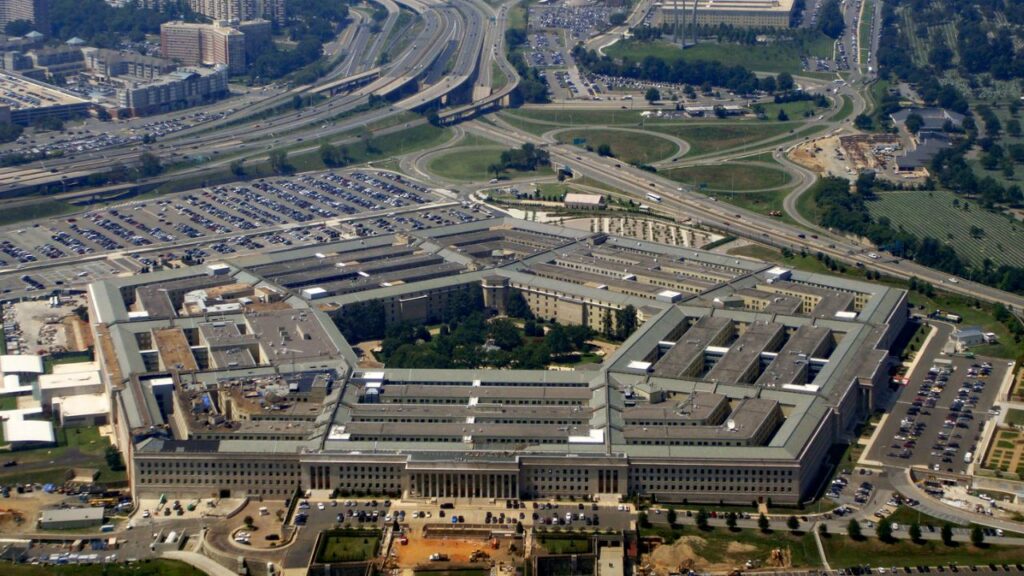
Breaking Down the Contract
The U.S. Space Force awarded missions to three providers:
- SpaceX: 28 missions
- ULA (United Launch Alliance): 19 missions
- Blue Origin: 7 missions
That gives SpaceX more than 50% of the entire contract share — a dominating lead over its competitors.
Why SpaceX Is Winning
Several reasons explain this:
- Proven reliability with Falcon 9 and Falcon Heavy
- Cost-effectiveness through booster reusability
- A history of successful launches
- An established operational infrastructure
While ULA’s Vulcan rocket just recently got certified, and Blue Origin’s New Glenn has only flown once, SpaceX is launching weekly with unmatched consistency.
Breakdown of Missions & Funding
For fiscal year 2026, the Pentagon has assigned:
- SpaceX: 5 missions
- ULA: 2 missions
- Blue Origin: 0 missions
Financial Impact
- SpaceX: $845.8 million
- ULA: $427.6 million
For just five missions in 2026, SpaceX will receive $714 million, covering:
- USSF-206: Deploying Boeing’s 12th Wideband Global Satcom
- USSF-105, USSF-149, USSF-63: Classified payloads
- NR-86: National Reconnaissance Office mission
ULA’s missions include:
- USSF-88: Launching four GPS III satellites
- NROL-88: Another reconnaissance mission
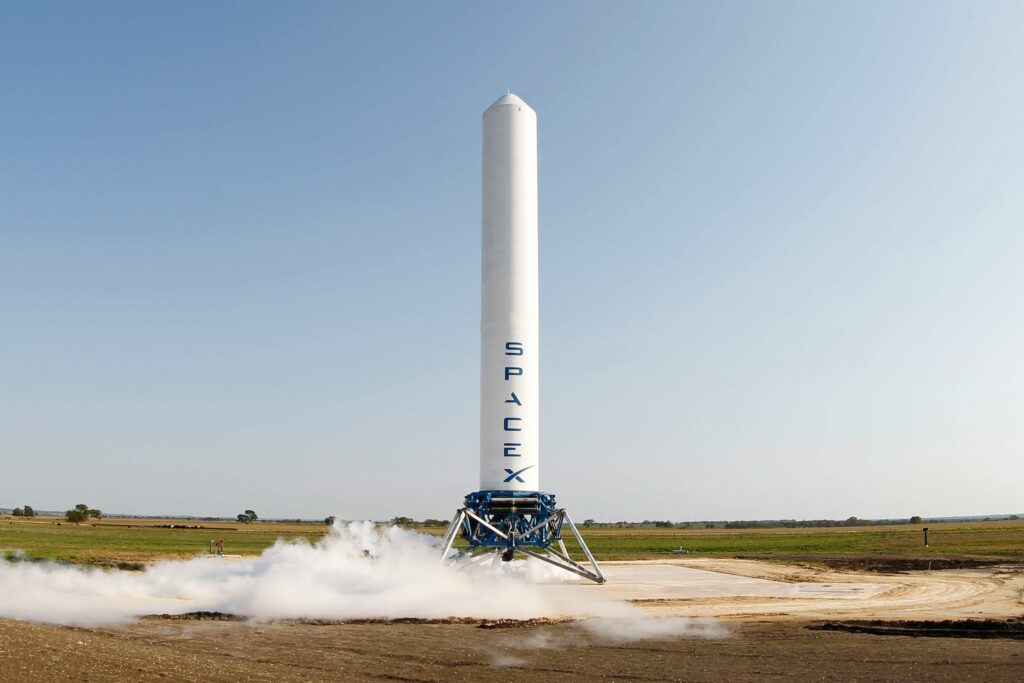
Cost Efficiency: SpaceX vs. ULA
One of the biggest reasons for SpaceX’s dominance is cost.
| Provider | Estimated Cost per Launch | Reusability |
|---|---|---|
| SpaceX (Falcon 9 / Heavy) | $120M–$140M | Reusable |
| ULA (Vulcan) | ~$214M | Expendable |
Reusability = Savings.
SpaceX routinely recovers and reuses Falcon boosters, cutting launch costs dramatically. Meanwhile, Vulcan is fully expendable, which makes it less competitive in today’s space economy.
What Does This Mean for Blue Origin?
Unfortunately, Blue Origin is falling behind. The company received no missions for 2026 and still hasn’t received full certification for New Glenn.
Their next shot at a Pentagon assignment is fiscal year 2027 — but unless New Glenn proves itself fast, that may also slip away.
Falcon Heavy: Not Going Anywhere
Many speculated that Falcon Heavy might be nearing retirement with Starship on the rise. However, new mission allocations suggest otherwise.
2026 Mission Allocation: Falcon Heavy vs. Falcon 9
- 4 missions expected to go to Falcon Heavy
- 1 mission (USSF-149) to Falcon 9
This demonstrates that Falcon Heavy still plays a critical role — especially for high-altitude or sensitive payloads where extra thrust and reliability matter most.
According to Lt. Col. Christina Stewart, Falcon Heavy will remain integral to national security launches for years to come.
Starship: The Future Is Almost Here
As Starship prepares for Flight 11, SpaceX is moving ever closer to achieving a fully reusable orbital system — something no one else has accomplished.
Current Preparations
- Ship 38 is undergoing final checkouts
- Booster 16 is waiting in the Rocket Garden
- New pad systems are being installed
- Dummy payloads and flight termination systems are being added
Flight 10 Was the Breakthrough
Starship Flight 10 succeeded in reaching several key objectives, setting the stage for more ambitious tests:
- Achieving stable orbit
- Demonstrating two-stage reusability
- Launching live payloads
- Propellant refueling
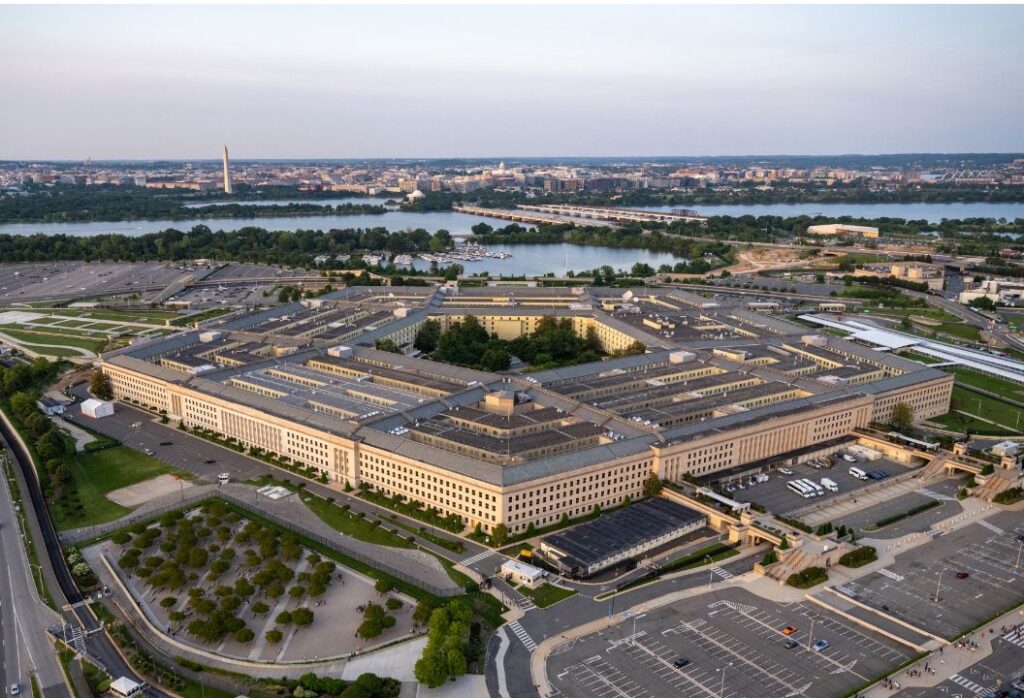
Could Starship Serve Military Missions?
Absolutely. In fact, it’s already being considered.
With a payload capacity of up to 100 tons (possibly 200 in future models), Starship could revolutionize military launches.
Potential uses include:
- Deploying large satellite constellations
- Launching deep space reconnaissance missions
- Supporting rapid deployment strategies
Cost, capacity, and reusability — three pillars that could make Starship the Pentagon’s next big asset.
The Incredible Milestone of Falcon 9
While Starship gets all the hype, let’s not forget the workhorse of SpaceX: the Falcon 9.
Record-Breaking Launch
On October 3rd, 2025, at 10:06 AM ET, SpaceX launched 28 Starlink satellites from Vandenberg Space Force Base.
- Booster B1097 landed flawlessly on Of Course I Still Love You
- 125th successful landing of the year!
- 132 missions total in 2024, aiming for 170+ launches
This pace is unprecedented and cements Falcon 9 as the most reliable rocket system ever built.
Recent Asteroid Flyby Raises Eyebrows
In other space news, asteroid 2025 TF passed alarmingly close to Earth — just 250 miles (400 km) above the surface.
Quick Facts:
- Discovered only hours before its closest approach
- Passed on September 30th, 8:49 PM EDT
- Roughly the size of a sofa (3–9 feet or 1–2.7 meters)
- Flew through space near the ISS orbital altitude
- No threat to Earth, but it raises concerns about early detection
NASA’s tracking system CNEOS confirmed its trajectory, but due to a government shutdown, official reports have been delayed.
This is a strong reminder: as space becomes more crowded, even small objects pose potential threats to satellites and infrastructure.
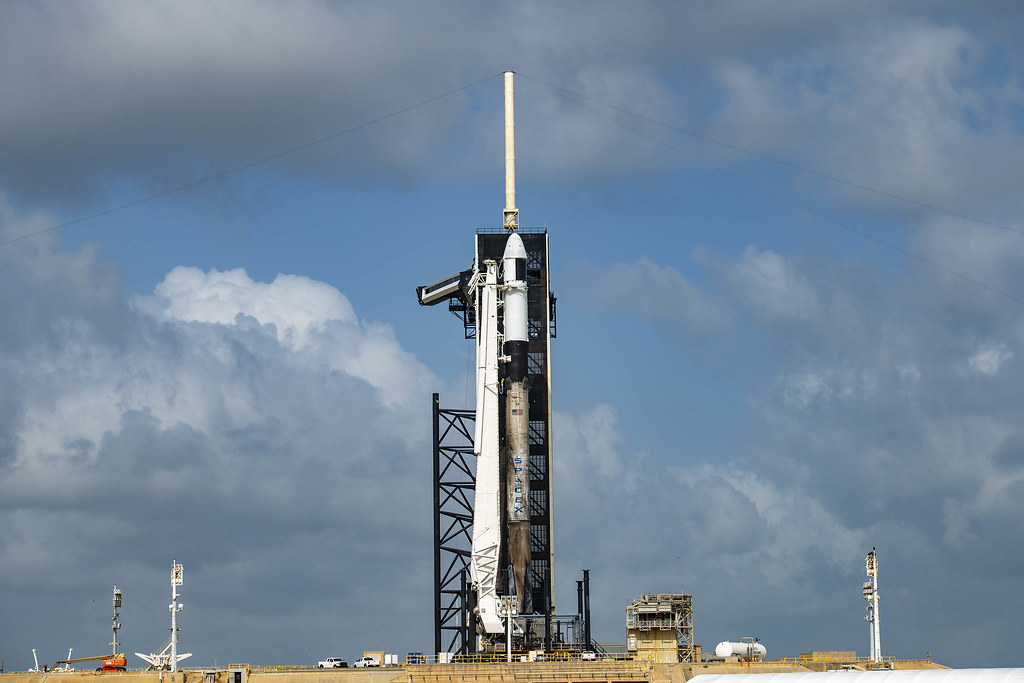
What It All Means: The Big Picture
Let’s summarize why this is such a historic turning point:
✅ SpaceX Leads in Government Confidence
The Pentagon’s trust in SpaceX isn’t based on hope — it’s built on data, performance, and cost savings.
✅ Falcon Rockets Still Reign Supreme
The Falcon 9 and Falcon Heavy continue to perform without fail. These rockets are the backbone of modern space launch systems.
✅ Starship Is the Next Giant Leap
Though still under development, Starship’s potential is enormous. Military applications are realistic and not far off.
✅ Other Providers Must Catch Up
ULA has work to do to lower costs. Blue Origin must prove New Glenn in flight if it wants a seat at the big table.
Conclusion: The New Era of Space Launch Has Arrived
SpaceX is not just winning — it’s rewriting the rules of modern aerospace and defense contracting. With affordable, reliable, and reusable technology, they are shaping the future of both commercial and government space operations.
From securing high-value Pentagon contracts to pushing the boundaries with Starship, SpaceX continues to prove why it’s the undisputed leader in the new space race.
FAQs
1. What Pentagon contract did SpaceX recently win?
SpaceX was awarded 28 missions under the National Security Space Launch (NSSL) Phase 3 Lane 2 contract, giving it more than 50% of the total contract share. This includes high-priority national defense and reconnaissance missions.
2. How many missions did ULA and Blue Origin receive?
Under the same contract:
- ULA (United Launch Alliance) received 19 missions
- Blue Origin received 7 missions
SpaceX clearly leads with the largest number of assignments.
3. Why did SpaceX win more Pentagon missions than its competitors?
SpaceX’s success is due to its:
- Proven reliability
- Reusable rockets
- Cost-effective launches
- Consistent launch cadence
These factors make it the preferred provider for national security launches.
4. What rockets will SpaceX use for these military launches?
SpaceX will use:
- Falcon 9 for some missions
- Falcon Heavy for more complex or high-altitude missions
- Eventually, Starship may be included as it matures
5. Is Falcon Heavy being retired soon?
No. Despite earlier speculation, Falcon Heavy is still in active use. In fact, 4 out of the 5 missions assigned to SpaceX for FY 2026 are expected to fly on Falcon Heavy.
6. How much does a Falcon 9 or Falcon Heavy launch cost?
SpaceX charges:
- $120M–$140M per Falcon 9 or Falcon Heavy launch
This is significantly cheaper than ULA’s Vulcan, which costs around $214M per launch.
7. Is Starship ready for military or government missions?
Not yet — but soon. After Starship Flight 10’s success and the upcoming Flight 11, the vehicle is nearing full orbital capability. With a payload capacity of 100–200 tons, it’s highly suited for future military missions.
8. What is SpaceX’s Starship currently being developed for?
Starship is primarily designed for:
- Lunar missions (NASA Artemis)
- Mars colonization
- Mass satellite deployment
- Potential military and intelligence operations
9. What is the difference between Falcon 9 and Falcon Heavy?
- Falcon 9 has a single-core booster and is used for most missions.
- Falcon Heavy uses three Falcon 9 boosters, providing more thrust and allowing it to carry heavier payloads to higher orbits.
10. How many successful landings has Falcon 9 completed?
As of October 3, 2025, Falcon 9 has achieved 125 successful landings this year alone. The company is targeting over 170 launches by the end of 2025.
11. Why is reusability important in rocket launches?
Reusable rockets:
- Reduce launch costs
- Speed up turnaround
- Make space more accessible
SpaceX has pioneered reusability with Falcon 9 and is working toward full reusability with Starship.
12. Has Blue Origin launched any Pentagon missions yet?
No. Blue Origin has not been assigned any military missions for FY 2026 and has not yet received full launch certification for its New Glenn rocket.
13. What happened with the recent asteroid flyby (2025 TF)?
Asteroid 2025 TF passed Earth on September 30, 2025, at just 250 miles above the surface — about the same altitude as the ISS. It was harmless but a strong reminder of the need for constant space object monitoring.
14. How was the asteroid 2025 TF discovered?
The asteroid was detected just hours before its closest approach, raising concerns about the timeliness of current asteroid detection systems — especially during events like government shutdowns.
15. What is the significance of the NSSL Phase 3 Lane 2 contract?
It’s a multi-year government contract covering critical national security space launches between 2025 and 2029, with actual launches happening between 2027 and 2031. Winning these missions boosts a company’s reputation, funding, and future prospects.
16. Will Starship replace Falcon 9 and Falcon Heavy?
Eventually, yes — but not immediately. While Starship is the future, Falcon 9 and Falcon Heavy will remain in service until Starship becomes fully operational and reliable for all mission types, including sensitive government payloads.
Read More:
- Tesla all but confirms that affordable Model Y is coming Tuesday
- Elon Musk’s xAI becomes Memphis’ 2nd largest taxpayer in just one year: report
- Cantor Fitzgerald reaffirms bullish view on Tesla after record Q3 deliveries
- Elon Musk teases previously unknown Tesla Optimus capability
- Three things Tesla needs to improve with Full Self-Driving v14 release

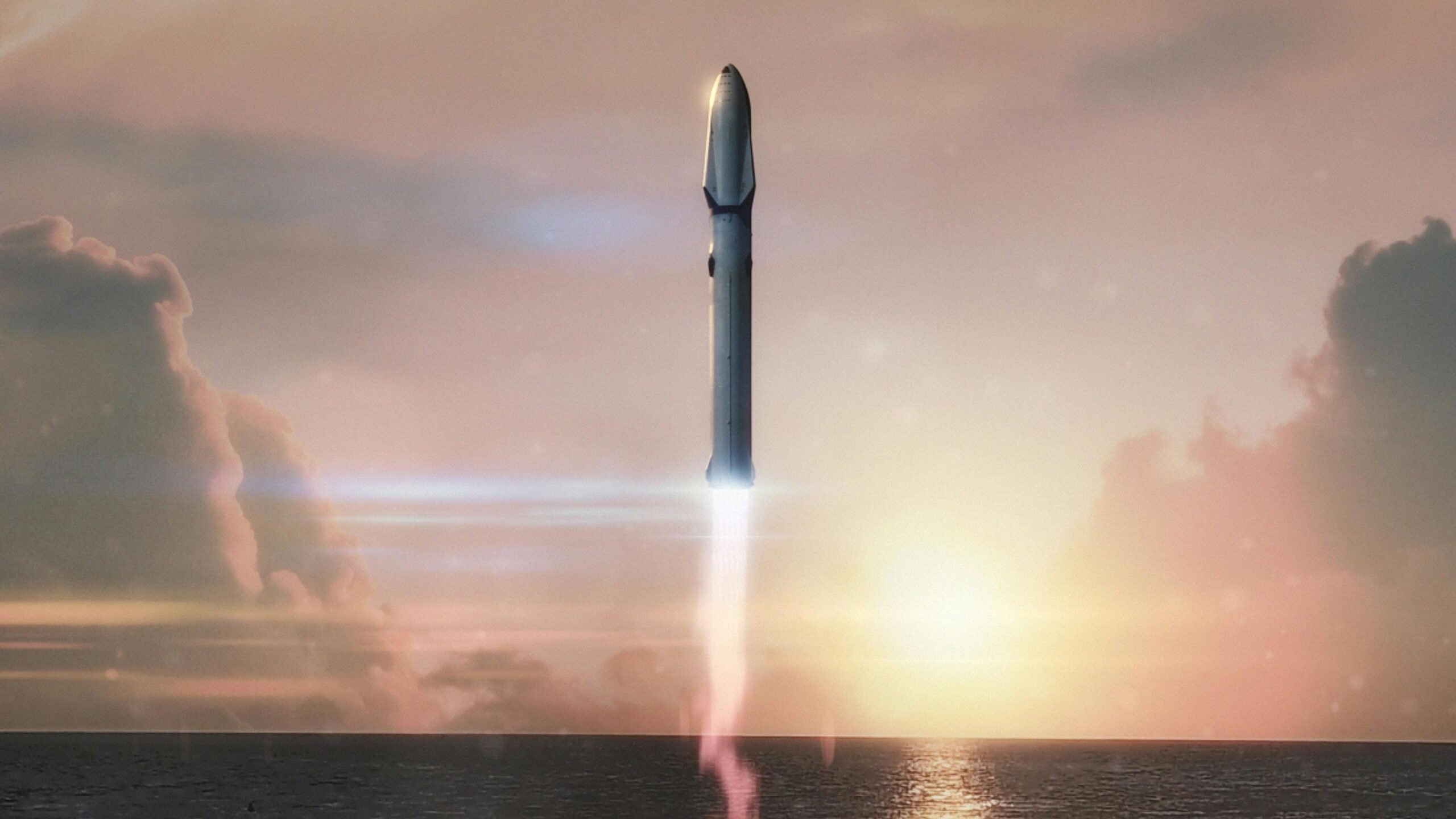
2 thoughts on “SpaceX just Won BIG Pentagon Contract to Again Beat ULA & Blue Origin while Starship is Ready”